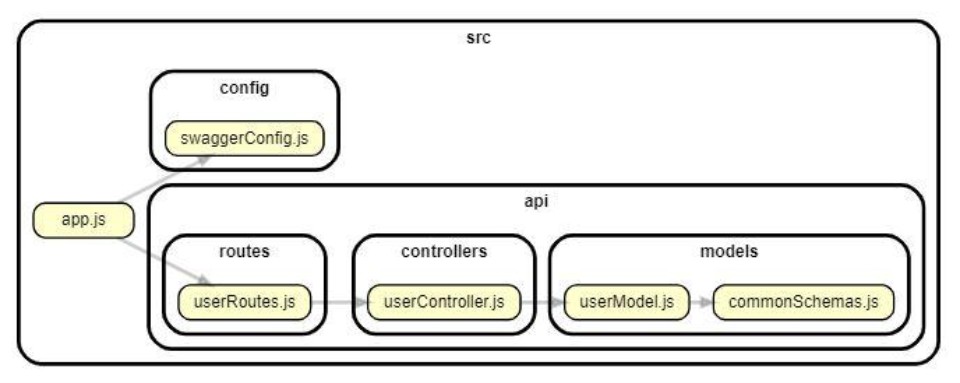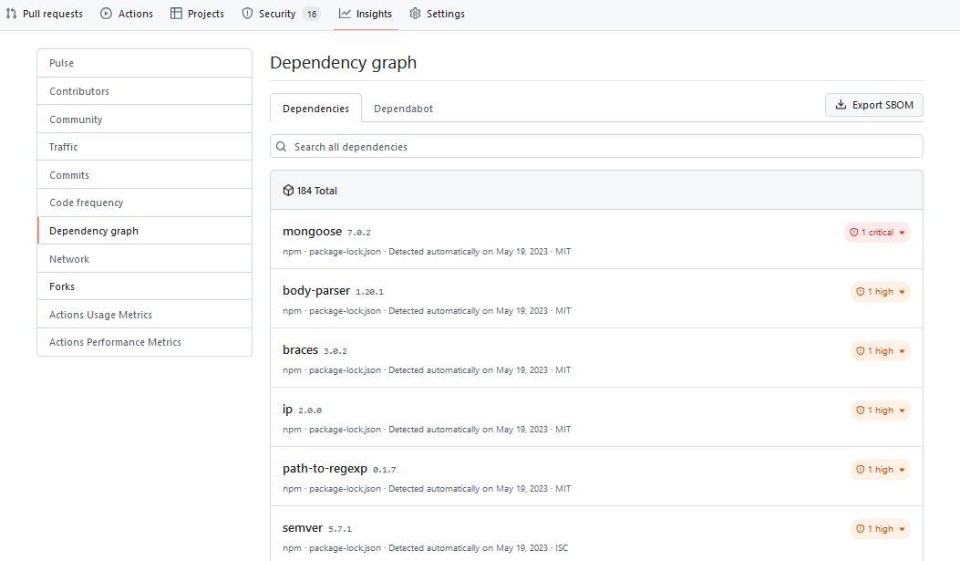Code Dependency Analysis
In 2016, a developer took down a minor JavaScript package named that he had published to npm. This incident caused thousands of projects, including the Babel transcompiler, to break because it was being used as a direct or transitive dependency. If dependency analysis had been incorporated early on, it would have been possible to identify this over-reliance ahead of time and mitigate the consequences.
What is Code Dependency Analysis?
Modern software systems are built using a large number of interconnected components and modules, where changes in one can significantly impact others. These interconnections, commonly referred to as “dependencies,” are essential for the codebase to function as expected. In simpler terms, a code dependency represents how one part of the system relies on another to operate properly.
Code dependency analysis is the process of identifying, examining, and managing these dependencies within a codebase. It helps developers understand how components interact, predict the ripple effects of changes, and optimize these connections to enhance system reliability and performance.
Types of Code Dependencies
Broadly, there are two main types of code dependencies.
1. Direct Dependencies
Direct dependencies are the dependencies such as libraries, frameworks, and modules that you have explicitly referenced in the code. For instance, it is a direct dependency when your Node.js application imports express to build a web server.
npm install express
2. Transitive Dependencies
Transitive dependencies, on the other hand, are indirect dependencies brought in by direct dependencies. Transitive dependencies are a bit complex and can even be found multiple levels deeper. For example, if express depends on the body-parser library, body-parser becomes a transitive dependency in your Node.js project.
3. Development Dependencies
Apart from the above, several other dependency types exist, such as development dependencies. Development dependencies are required only during the development and testing phases but not in production. For instance, testing libraries like Jest fall under this category.
Why is Dependency Analysis Important?
It is essential to perform adequate analysis and effectively manage dependencies to maintain software code quality, stability, and robustness.
- Maintainability: Debugging, testing, and updating code is easier when the dependencies are clearly identified and managed. It helps developers to understand how the modifications made to one component can affect the other.
- Risk reduction: Comprehensive dependency analysis can help recognize potential error-prone architectural patterns in the code. For instance, circular dependencies where two or more components might depend on each other directly or indirectly can cause cascading failures. Dependency analysis helps identify such patterns before they can cause significant failures in the system.
- Performance optimization: Unused or redundant dependencies can increase the application size and chip away at the system performance. Regular dependency analysis can help avoid such issues and identify other inefficient or slow dependencies. As a result, developers can remove unnecessary dependencies and replace inefficient dependencies with better alternatives.
- Enhanced security: Even though dependencies are quite beneficial in terms of development efficiency and maintainability, some dependencies, often third-party libraries, can introduce potential security vulnerabilities. Dependency analysis helps pinpoint libraries with known security risks so developers can replace them or upgrade to patched versions.
How Dependency Analysis Works
Dependency analysis involves various techniques that allow developers to identify, map, and assess dependencies at different levels of the codebase.
- Static analysis: Helps identify code smells and vulnerabilities ahead of time, such as hardcoded dependencies, unused imports and modules, and circular dependencies.
- Dynamic analysis: Inspects the dependencies during application runtime to observe and trace actual dependency usage patterns. It helps developers identify performance bottlenecks and refine over- or under-utilized dependencies to boost efficiency.
- Dependency visualization: Dependency mapping creates a visual representation of the relationships between components and packages. These maps are invaluable for understanding the dependency flow and tightly coupled components and pinpointing where dependencies overlap or are redundant.
- Vulnerability scanning and reporting: Dependency analysis itself is not enough to resolve errors. Thus, it is important to scan the identified dependencies for known vulnerabilities and report them appropriately to provide actionable insights to the developers. This analysis can be conducted at the code, module, and system levels for better accuracy and full coverage.
How to Identify Code Dependencies
- You can manually check the code to identify the underlying direct dependencies and potential transitive dependencies. However, this can be a tedious process and is not practical when it comes to large and complex projects.
- Using package and dependency management tools can ease up the process by automatically tracking the code dependencies. For instance, widely used package managers, including npm, maven, and pip, come with commands such as npm list and pip freeze that instantly provide details of installed packages and their versions.
- Software composition analysis (SCA) tools can also automatically identify open-source dependencies in a codebase and check them for known vulnerabilities and outdated versions.
In a Nutshell
Dependency analysis of the codebase is essential for managing the intricate relationships within components in modern software systems. Developers can ensure that their applications maintain scalability, maintainability, and higher security by understanding dependency types, leveraging efficient tools, and addressing identified bottlenecks early on. Regular analysis helps reduce technical debt and promote clean and efficient coding practices.




